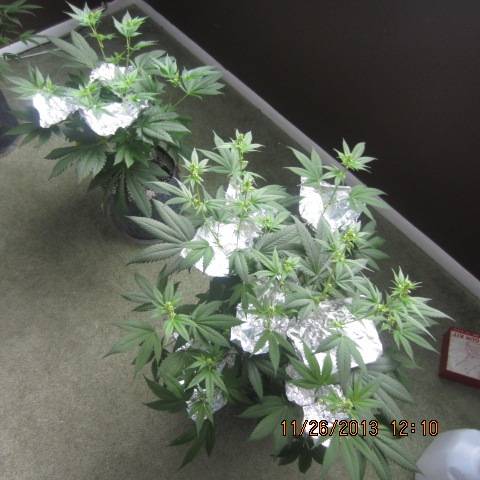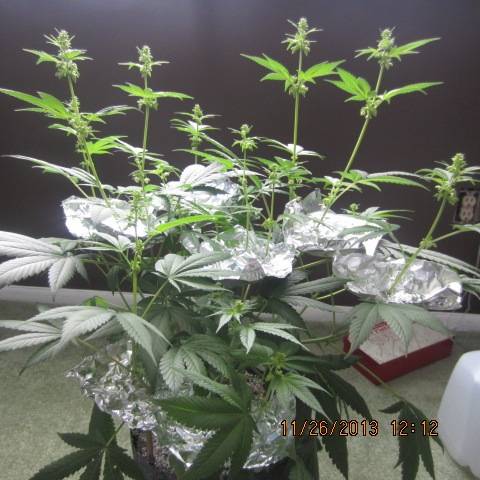Its crucial to THOROUGHLY dry the pollen before storing. Its a must.
Also, when looking for a male obviously, if one has resin that is definitely a good thing
and heres a pic of how i collect pollen. The pic was taken today.


Also, when looking for a male obviously, if one has resin that is definitely a good thing

and heres a pic of how i collect pollen. The pic was taken today.






